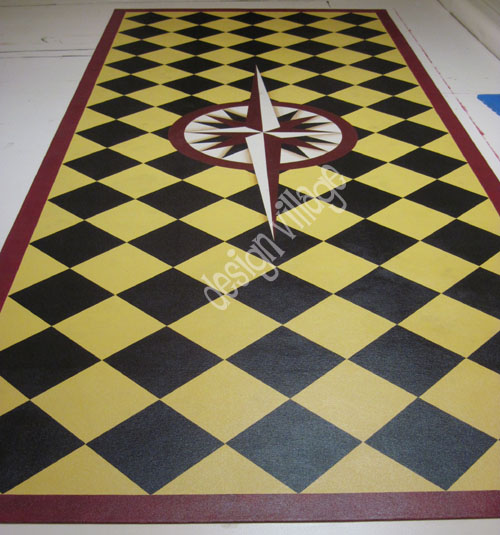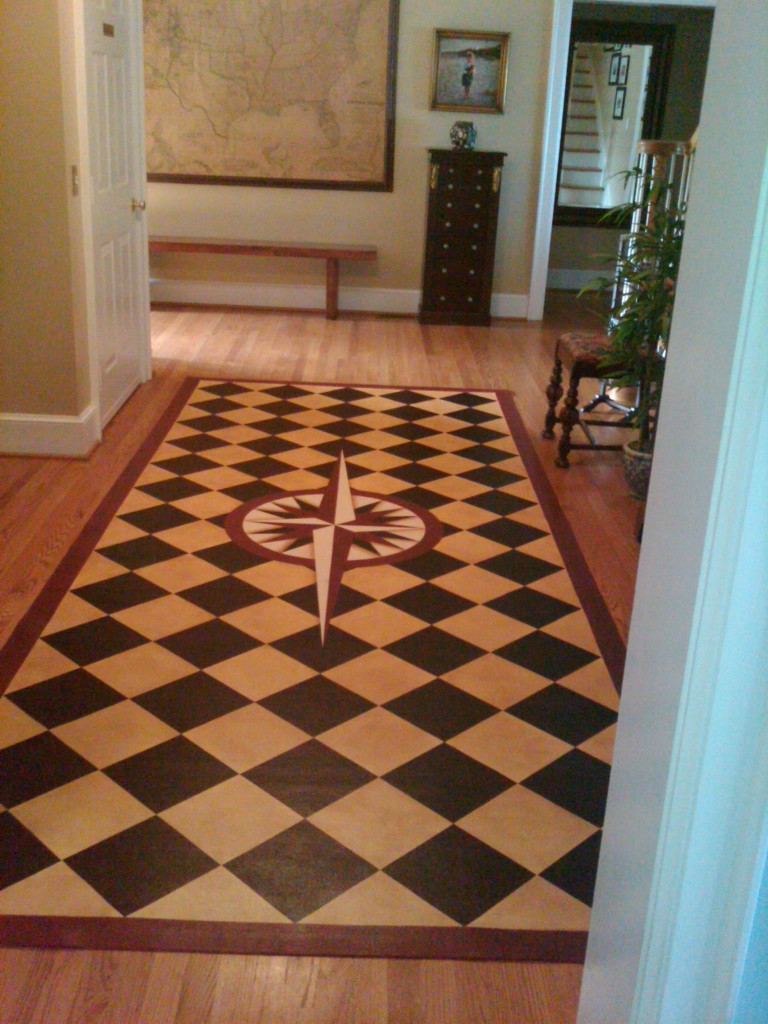Floorcloths in Stock
All the above floorcloths are in stock, please visit Design Village floorcloths @ http://www.floorcloth.net/in_stock.shtml
Labels: canvas rug, design village floorcloths, floor cloth, floorcloth, floorcloths, painted rug
Labels: canvas rug, design village floorcloths, floor cloth, floorcloth, floorcloths, painted rug


Labels: custom floorcloths, design village floorcloths, floorcloth, floorcloths, historic floorcloths


